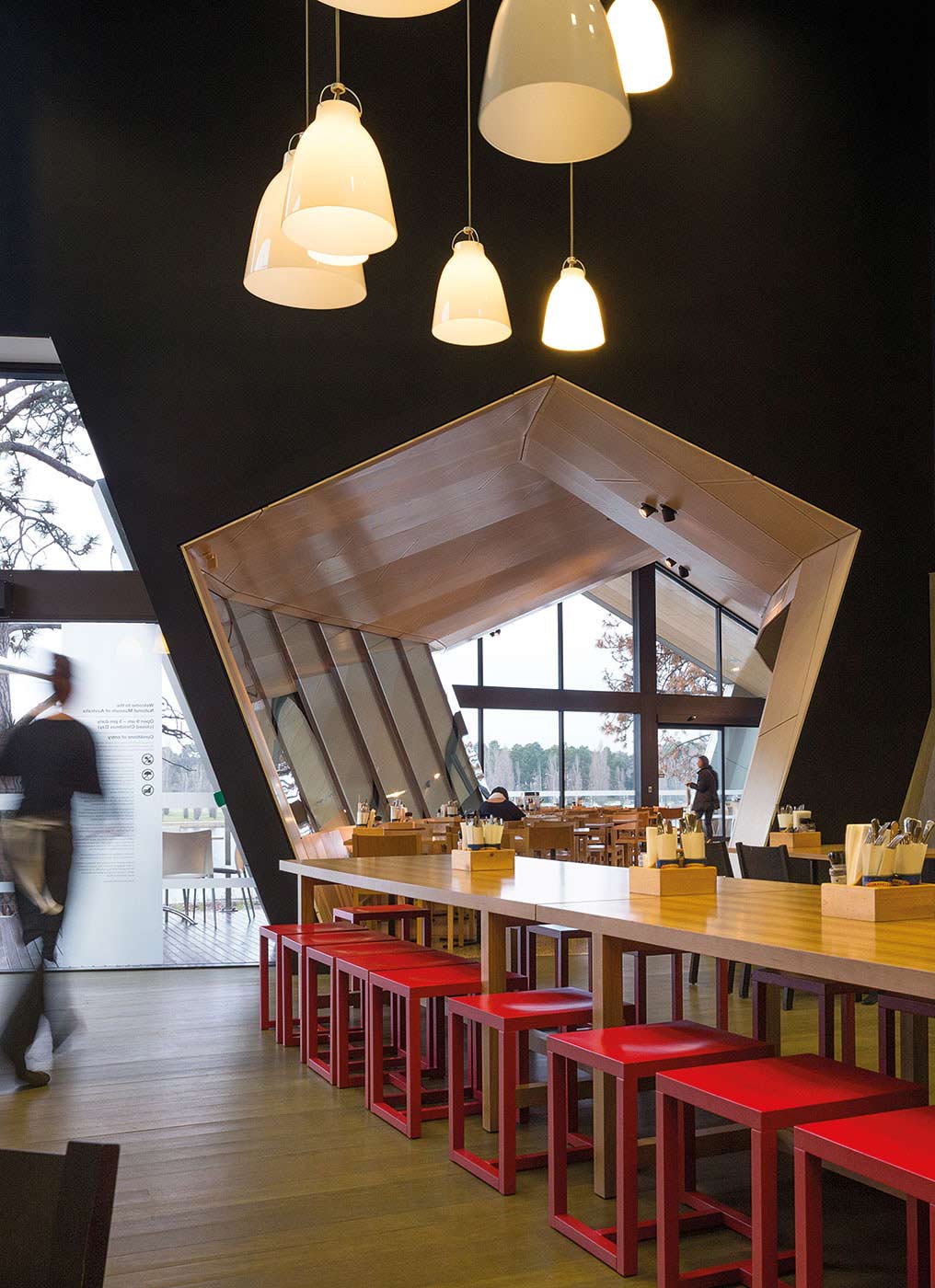Consulting and contracting services
The Museum engages consultants where it lacks specialist expertise, or when independent research, review or assessment is required. Consultants are typically engaged to investigate or diagnose a defined issue or problem, carry out defined reviews or evaluations, or provide independent advice, information or creative solutions to assist in the Museum’s decision making.
Prior to engaging consultants, the Museum takes into account the skills and resources required for the task, the skills available internally, and the cost-effectiveness of engaging external expertise. The decision to engage a consultant is made in accordance with the National Museum of Australia Act 1980 and related regulations, including the Commonwealth Procurement Guidelines and relevant internal policies.
During 2012–13 four new consultancy contracts were entered into involving total actual expenditure of $15,678. In addition, 12 ongoing consultancy contracts were active during the 2012–13 year, involving total actual expenditure of $130,281. Major consultancy services included a review of the Museum Council functions, concept development options for the Kspace gallery, a review of the Museum restructure, and a range of asset infrastructure reports.
Facilities management
Capital works projects, such as the Museum Cafe and administration extension, were the focus during 2012–13. Throughout the year, both the Facilities and the Design + Environment (D+E) teams have provided technical and operational assistance to deliver these projects.
Despite the Administration Extension Project (AEP) and new cafe construction resulting in an increase in floor area of about 1200m2, cleaning costs have been kept within budget. The Museum’s cleaning contractor, Rolfe Property Services, worked collaboratively with the Museum to review products and processes used to achieve cost savings.
During the year the Museum retendered its facilities maintenance contract, signing up for a three-year period until 2016 with two one-year extension options. Several technical consultancies were also completed during the year to assist in the Museum’s overall energy management strategies. These included a condition and infrastructure report on the Garden of Australian Dreams and a review of gallery set points for environmental conditions.
The Facilities team has reviewed the Environment Management Plan as well as the site induction booklet to ensure that contractors and consultants appreciate the unique working conditions within a cultural institution.
On average, the Facilities team raises more than 450 work requests per month, which are completed in accordance with service delivery standards.
The Museum continues to engage and, where possible, collectively partner with other agencies to achieve savings in the delivery of utilities. This includes participation in the whole-of-government electricity contract and combining with other cultural agencies to seek efficiencies and reduced energy costs.

The construction of major capital works to the value of approximately $11 million was completed in 2013. These included:
- redevelopment of the Friends Lounge
- the Administration Extension Project (AEP)
- the new Museum Cafe.
These three projects were delivered within budget and timeframe.
The AEP, completed in June 2013, created a multipurpose and flexible work environment to challenge and stimulate the Museum workforce. It utilises a design strategy that encourages the principles of engagement, communication and transparency. During excavation works on the AEP, two small fragments of asbestos were discovered. The discovery resulted in a six-month delay to the AEP at a cost of $1.8 million in both capital and supplier funds. The site was remediated in accordance with an approved Remediation Plan. The Museum now has an Environmental Management Plan for the long-term management of site contamination in place.
The Museum Cafe, completed in December 2012, emboldens the existing Museum architecture, creating a ‘destination place’ on the lake edge, with seating for up to 200 people. The relocation of the cafe to a purpose-built extension has allowed the installation of large objects from the collection in the Museum’s Main Hall. This is the first step towards reconceiving the whole of the peninsula as the Museum’s public space.
Enhancing key services: Information and communication technology (ICT)
The Museum established a new three-year ICT strategic plan covering 2013–15. The plan promotes the adoption of innovative technologies, new business approaches to deliver operational efficiencies and the streamlining of business processes.
The Museum’s Client Relationship Management (CRM) system, which has operated for 12 months, is an enterprise platform providing integrated information flows for all commercial activities across the Museum. Planned enhancement of the CRM for 2013–14 will include online membership sales and management, integration with the Museum Shop point-of-sale, an enhanced online shop and expanded electronic marketing activities.
During 2012–13 a range of infrastructure, business system and operational improvements were completed, including:
- insourcing of the Museum’s ICT service desk and system support functions, to increase services and flexibility, and achieve significant operational savings
- merging the ICT support and audiovisual support services into a single service desk
- installation of the Isilon storage platform to address the Museum’s current and future digital data holdings for digital assets and corporate records
- introduction of smart devices to enable paperless meetings and achieve efficiencies for key staff and systems
- upgrading and configuring the TRIM electronic records management system to enable the introduction of electronic record keeping for all staff in 2013–14
- identification and cataloguing of analogue media assets within TRIM in preparation for a future digitisation program.